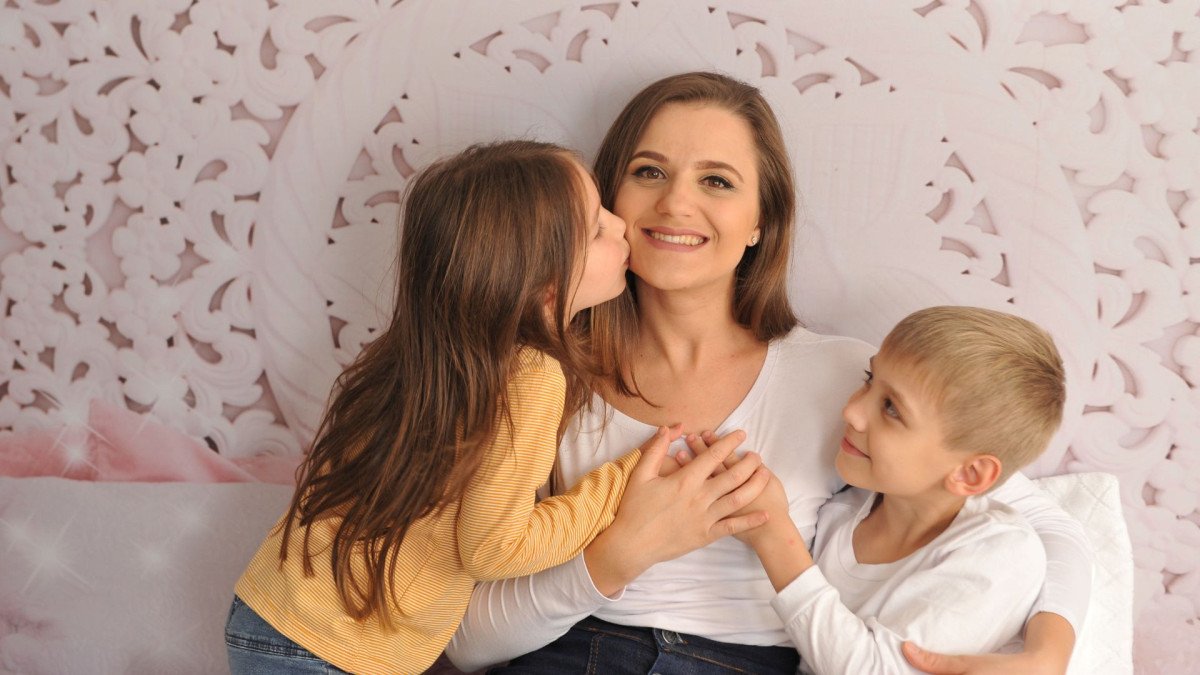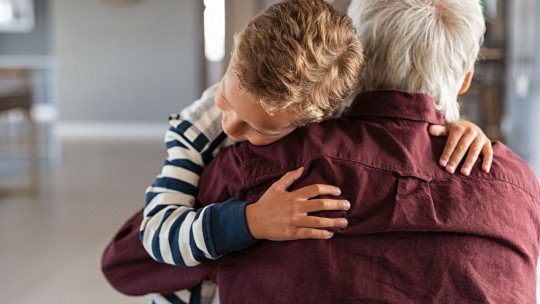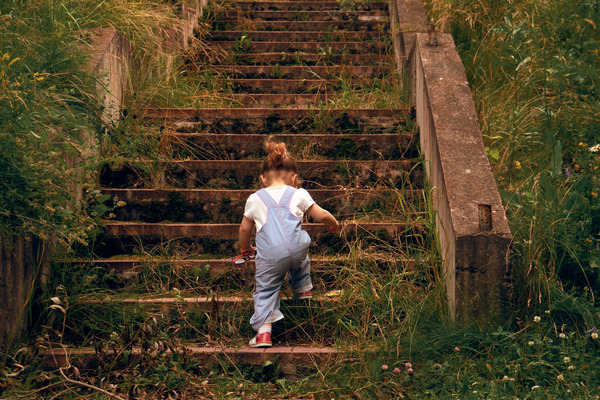It seems that more and more parents and caregivers are becoming aware of the importance of the first emotional bonds since they are essential to promote optimal development of children The effects of attachment have been found to last a lifetime and are closely related to self-control, emotional dependency, decision making, dependency, and of course, self-esteem.
As we have mentioned, attachment influences the development of an individual in a comprehensive way. However, in today’s article, we will focus on the set of perceptions, evaluations and appreciations that a person has regarding themselves: self-esteem. What are attachment and self-esteem? Is it possible that my childhood ties are affecting my self-esteem today? Stay to describe the answers to these troubling questions.
What is attachment?
We owe the concept of attachment to the British psychoanalyst John Bowlby who, due to his great interest in child development, spent much of his life investigating the emotional bonds of children with their parents or primary caregivers. Bowlby maintained that human beings are biologically programmed to form emotional bonds with others. This author believed that the human species has managed to survive and develop adequately both physically and mentally all these years thanks to the attachment of the child to its parent or main caregiver.
From here arises the well-known Theory of Attachment, where it is stated that if for the newborn, the caregiver represents its stable and secure base, this will allow it to explore the world around it without fears or insecurities However, the other side of the coin means that the child does not feel protected in their bond and can have serious consequences for both the behavior and the subsequent psychological development of the person.
In this regard, it is worth mentioning the interesting study carried out by the British psychologist with his professional colleague Mary Ainsworth in 1978. With the aim of investigating the different types of attachment, they observed the behavior of a group of children when the mother was present. next to a strange person, when the mother left the room and the child had to stay with the stranger and finally, they observed what happened when the mother returned some time later. This is where they managed to differentiate the 4 types of attachment:
It is worth mentioning that although the type of childhood attachment affects adult life, this does not mean that it is immovable. Quite the opposite. As we mature and develop, the type of attachment changes and you may have had a disorganized attachment as a child but due to the influence of the environment and your personal work, you have managed to establish a secure attachment with your friends, family and partner.

Relationship between attachment and self-esteem
Bowlby’s theory explains in depth how essential and extremely important it is to create emotional bonds of security and care from the birth of our children How we interact with others, but also how we treat ourselves, our personal assessment and self-image are the result of the attachment relationships of our childhood. It is evident that how can a person feel valuable, capable and with a good self-image if their parents or caregivers have never made them feel that way?
Parents have the great responsibility of giving their children, among many other things, good self-esteem and a key way to achieve this is with good emotional attachment. It is very important that parents take care of hugging, massaging, and using physical contact to create the secure attachment that we discussed above. To establish this desired attachment with their children, parents must care for them, protect them and create an environment in which they feel safe but at the same time can feel autonomous and have a personal identity. It is difficult but important to achieve that balance between inviting them to explore, giving free rein to their creativity and allowing them to discover and express their personality and protecting them so that they do not get hurt or something bad happens to them.
For it, Experts advise setting a series of clear limits that serve as a guide for children However, it is important to guide and accompany them in their emotional regulation, encouraging them to express what they feel to help them put words to their emotions and of course, validating everything they communicate. Primary caregivers must be responsive to their children’s needs and understand from their perspective what they really need in order to provide an appropriate response.
It is portrayed that secure attachment is the most appropriate to generate correct comprehensive development and high confidence. In fact, it is known that anxious attachment and low self-esteem are closely related, since having little self-confidence due to what they experienced in childhood with their attachment figures significantly affects their interpersonal relationships and their emotional well-being. In short, those individuals with an anxious attachment show fear of separation, lack of independence, insecurity in their relationships, and dependence on the approval of others. This of course translates into low self-esteem.
If you have identified with the description of anxious attachment and consider that your self-esteem is low, psychology experts say that To improve confidence and self-image, it is important to work on these areas and adopt strategies that can help combat this type of attachment and foster greater security and self-confidence
We must learn to love ourselves, accepting ourselves as we are, with our mistakes and failures included. In addition, it is advisable to establish healthy limits in our relationships to avoid emotional dependence. One way to start working on these boundaries is to learn not to feel bad when we say “no.” Likewise, resilience and self-care should be practiced as they are important skills for managing stress and difficult moments in life.
Finally, seeking the help of a psychologist can be key in some cases to learn to manage anxious attachment and improve self-esteem. A psychologist is a good ally to identify the patterns of thought and behavior that are contributing to anxious attachment that we often cannot see on our own. Accepting that we need help and seeking it is a great first step towards the journey of self-knowledge and improved self-esteem.










